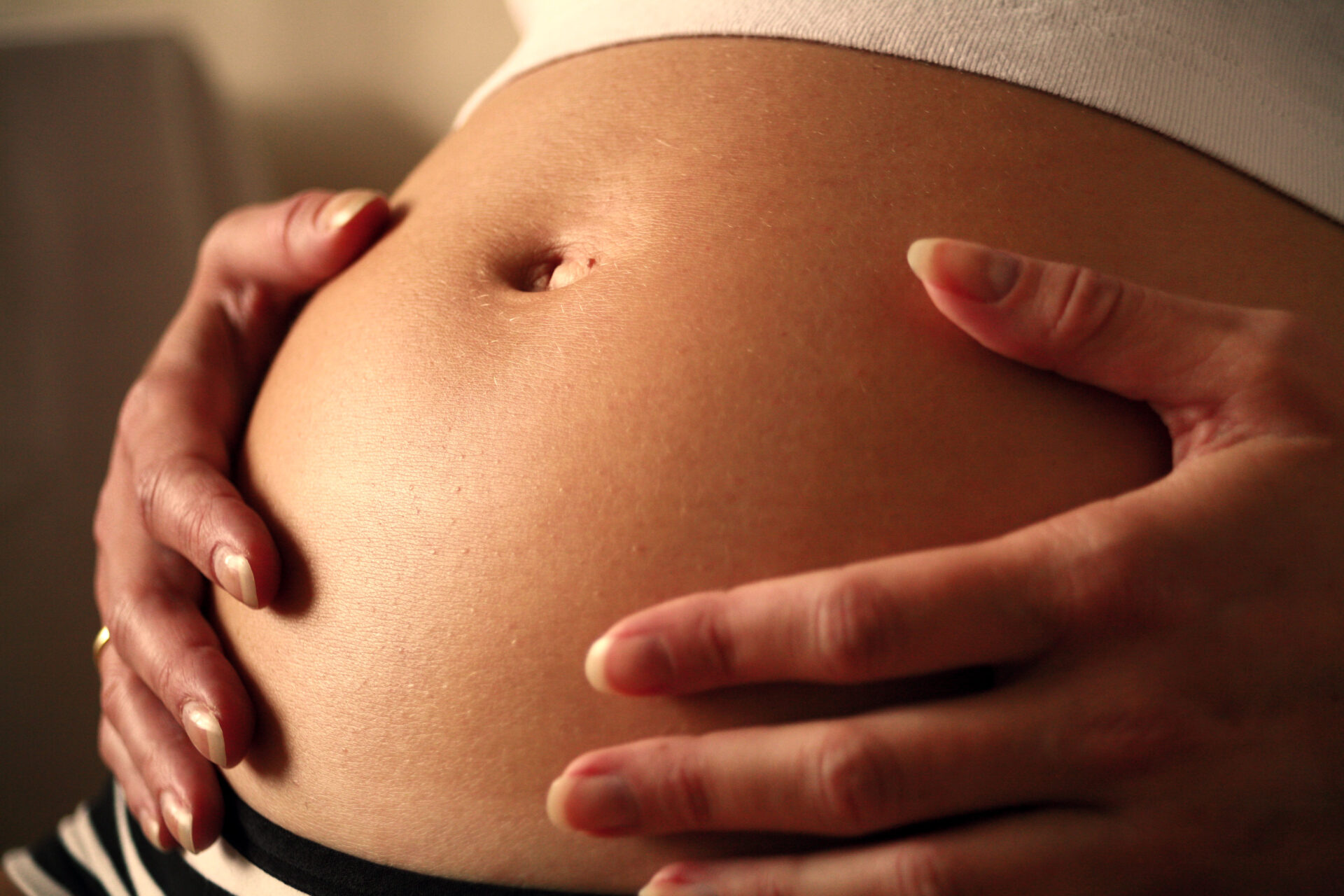During pregnancy our body undergoes phenomenal changes. There are huge increases in the hormones progesterone and oestrogen, an increase in the circulating volume of blood and a change in our immune system.
These changes are crucial to maintaining pregnancy but can change the appearance of the skin. Let’s look at what happens in each trimester to the skin. We have included potential skin concerns as skin concerns that may be managed with over the counter skin care and Dermatological conditions that require a Healthcare professional’s input. If you are unsure, always speak to you Midwife or GP or Dermatologist for advice.
1st Trimester
During the first 12 weeks, there is a surge in oestrogen, progesterone and hCG driving an increase in sebum and melanin production. Skin may appear oilier and pigmentation issues may arise for the first time or may become more apparent.
For those experiencing vomiting and nausea of pregnancy, skin can appear drier, with the lips being particularly vulnerable to dehydration. Skin may feel more sensitive. The switch in immune function necessary to maintain the pregnancy lead to an increased susceptibility to infection and the arrival of immune system driven conditions.
Potential skin concerns:
Dehydrated skin| Pigmentation | Sensitive skin
Potential Dermatological conditions:
Acne | Eczema | Melasma | Itch of pregnancy
2nd Trimester
During weeks 13 to 24, the circulating volume of blood increases which can give skin a glowing appearance in some and a flushed appearance in others.
Hair tends to appear thicker in some as the expected daily hair loss is reduced and hair tends to stay in the growth phase known as “anagen” for longer. Vascular changes of pregnancy may result in visible blood vessels particularly on the face and upper chest. Varicose veins may appear on the legs for the first time.
\Some women may notice a reddening of their palms which reflects the increased circulating blood volume. Stretch marks (striae gravidarum) may start appearing. Skin tags may appear in areas of skin experiencing friction, particularly neck, armpits and between the breasts. Melanin production continues to rise leading to a darkening of the areolae (skin surrounding the nipples) and the genital skin. Nearly all women will develop the linea nigra- a straight dark line going down the middle of the tummy from above the belly button down to the mons pubis (pubic bone).
This is harmless and normally fades after delivery although many women may find it persists especially in those with Olive, Brown and Black skin tones. Fingernails and toenails may develop dark thin stripes along their length known as linear melanonychia; these may fade or persist after pregnancy. Pre- existing moles might darken slightly in response to the pregnancy hormones; this should be a gradual, even and subtle darkening. Any changes to pre- existing moles or the arrival of new moles should be reviewed by a healthcare professional as skin cancers can affect anyone even in pregnancy.
Potential skin concerns:
Stretch marks | Varicose veins | Oily skin | Pigmentation | Reddening
Potential Dermatological conditions:
Acne | Eczema | Melasma | Varicose veins | Telengiectasia (spider vessels, angiomas) | Skin diseases of pregnancy
3rd Trimester
From 24 weeks until delivery the skin continues to be under the influence of pregnancy hormones and the increase in circulating blood volume. The skin changes noticed in the 2nd trimester will become more pronounced. Fluid retention seen in pregnancy may lead to swelling in the legs. Some women experience an increase in sweat throughout the body. Skin may continue to feel sensitive.
Potential skin concerns:
Stretch marks | Varicose veins | Oily skin | Pigmentation | Reddening | Excess sweating
Potential Dermatological conditions:
Acne | Eczema | Melasma | Varicose veins | Telengiectasia (spider vessels, angiomas) | Skin diseases of pregnancy
Navigating the skin changes of pregnancy can feel overwhelming, but understanding the hormonal and physiological shifts at play empowers you to address concerns with confidence. Remember, while many skin changes are normal and temporary, it’s always best to err on the side of caution. If you notice any sudden or concerning changes, don’t hesitate to seek a medical professional.
Read More...



